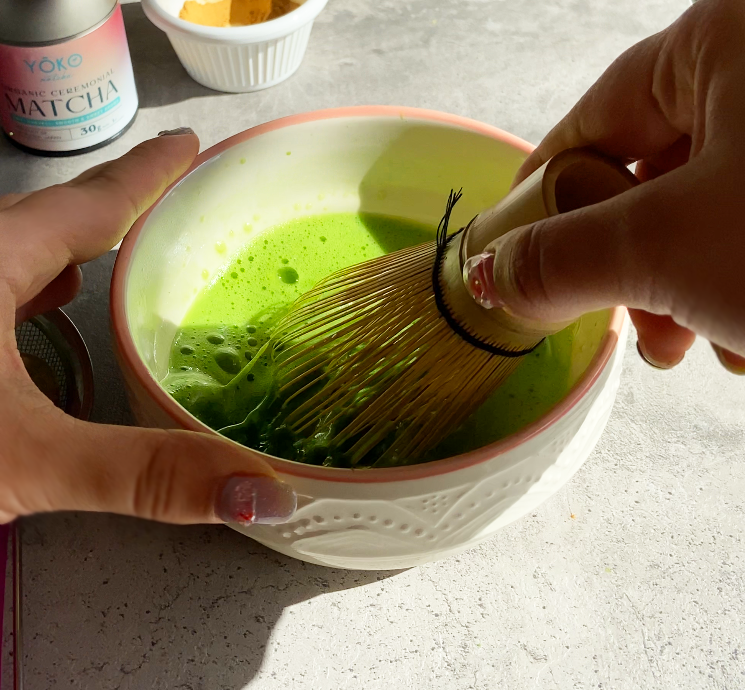In our quest to unearth the secrets of matcha, we delve into the captivating world of this vibrant green tea, exploring its origins, health benefits, preparation, and how it's distinct from other green teas.
This comprehensive guide will not only equip you with knowledge but also empower you to appreciate the exquisite art of matcha preparation.

Unveiling the Origins
Matcha, Maccha, and Macha - these are the various names used to describe this green tea powder that's deeply rooted in Japanese tradition. But what's the story behind these names?
Matcha, Macha, and Maccha: A Name with History
The term "matcha" originates from the Japanese words "ma" (meaning ground) and "cha" (meaning tea). However, it is also known as "maccha" or "macha," which are alternative romanizations of the same word.
This tea dates back to the Tang Dynasty in China and was brought to Japan by Zen Buddhist monks in the 12th century, where it evolved into the matcha we know today.
Health Benefits Unveiled
Organic Ceremonial Matcha offers an array of health benefits, which contributes to its growing popularity worldwide. Let's explore some of these advantages in detail.
Nutrient-rich green Tea
Matcha stands out for its high concentration of antioxidants, notably catechins, which are linked to various health benefits. These antioxidants help combat oxidative stress, reduce inflammation, and may even support heart health.

Boosting Metabolism and Energy
The presence of L-theanine, an amino acid, in matcha can provide a steady, sustained energy boost. It works in harmony with caffeine to prevent energy crashes, making it an excellent choice for those looking to stay alert without the jitters.
Enhancing Cognitive Function
Matcha has been recognized for its potential to enhance cognitive function and improve concentration. This is attributed to the synergy between caffeine and L-theanine, which promotes a state of focused relaxation.
The Art of Preparation
To truly appreciate matcha, it's crucial to master the art of its preparation. Here, we outline the steps for a traditional matcha tea ceremony.
What You'll Need
Before you begin, gather your equipment:
-
A bamboo scoop (chashaku)
-
A tea bowl (chawan)
-
A fine mesh sieve
-
A bamboo whisk (chasen)
The Traditional Method
-
Sift the Matcha: Start by sifting the matcha through a fine mesh sieve to ensure a smooth and lump-free texture.
-
Measure the Matcha: Use the bamboo scoop to measure the matcha powder accurately. A standard serving is about 1 to 2 grams, roughly half a teaspoon.
-
Add Hot Water: Boil water and let it cool slightly (about 180°F or 80°C). Pour a small amount (about 2 ounces) into the tea bowl.
-
Whisk It Up: Take your bamboo whisk and, using a zig-zag motion, whisk the matcha and water together until it forms a frothy, vibrant green liquid.
-
Enjoy: Sip your matcha with appreciation, as it's not just a beverage; it's an experience.
Matcha vs. Other Green Teas
Many people often wonder how matcha differs from other green teas, and the distinction lies in the production process.

Shade-Grown Goodness
Matcha is produced from tea leaves grown in the shade, which enhances its vibrant green color and boosts the production of chlorophyll.
This shading process gives matcha its unique flavor and increased nutritional value compared to other green teas.
Conclusion
Matcha, maccha, or macha - no matter how you spell it, this green tea is a treasure trove of history, health benefits, and a fascinating tea-drinking experience. Whether you're a seasoned matcha connoisseur or a novice, this guide equips you with the knowledge to appreciate and enjoy this exquisite tea. So, the next time you're sipping on your matcha, you'll understand the tradition and craftsmanship that go into every bowl.






